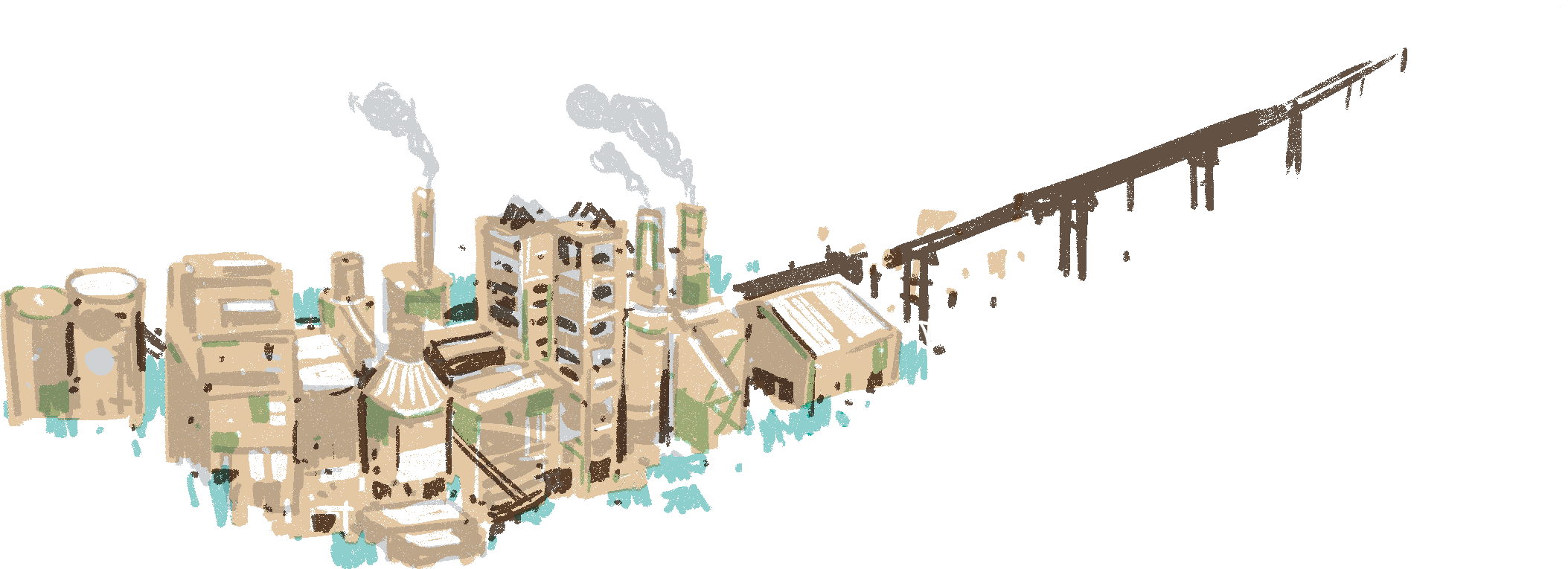According to Bureau of Mine, MOEA, there are in total of 168 mines around Taiwan and most of them are located in Yilan County and Hualien County. Although the cement industry plays an important role for the development of Taiwan’s economy, yet over-development, exploration and mining injustice of acquisition rights, negatively impacts Taiwan’s social environment. Since its presence in Mt. Xincheng, Hualien, Asia Cement Corp has mined for half a century, while the Truku people have never stopped protesting. Until today, the dispute over mining rights continues and the land still cannot be returned to its owner…
In 1957, Asia Cement Corp acquired the mining rights for Mt. Xincheng, Hualien County. From 1965 to 1968, Xioulin Township Office conducted land surveys and at the reserve of indigenous peoples, ownership was granted on the principle of “Claiming the Idle Lands” for those who have registered the farming rights ten years previously. During the land ownership transfer, Asia Cement Corp held the first public hearing on the cement mine. At that time, 90% of land in the mining area had not been completed through the ownership application; Xioulin Township Office, however, stopped all transfer procedures of land ownership claimed by Truku.
Xioulin Township Office and Asia Cement Corp jointly held a public hearing and it clearly told local residents that, “These lands belong to the ROC and now we will lend them to Asia Cement for 20 years. Afterwards, the lands will be returned to you. Lands registered with farming rights will be returned after the transfer completes.”
The Truku people at that time did not understand the land system, transfer procedure, and effectiveness. They even gave their private seals to the Township Office. They could only trust, and accept various and complicated land transfer procedures, as proposed by the Township Office.
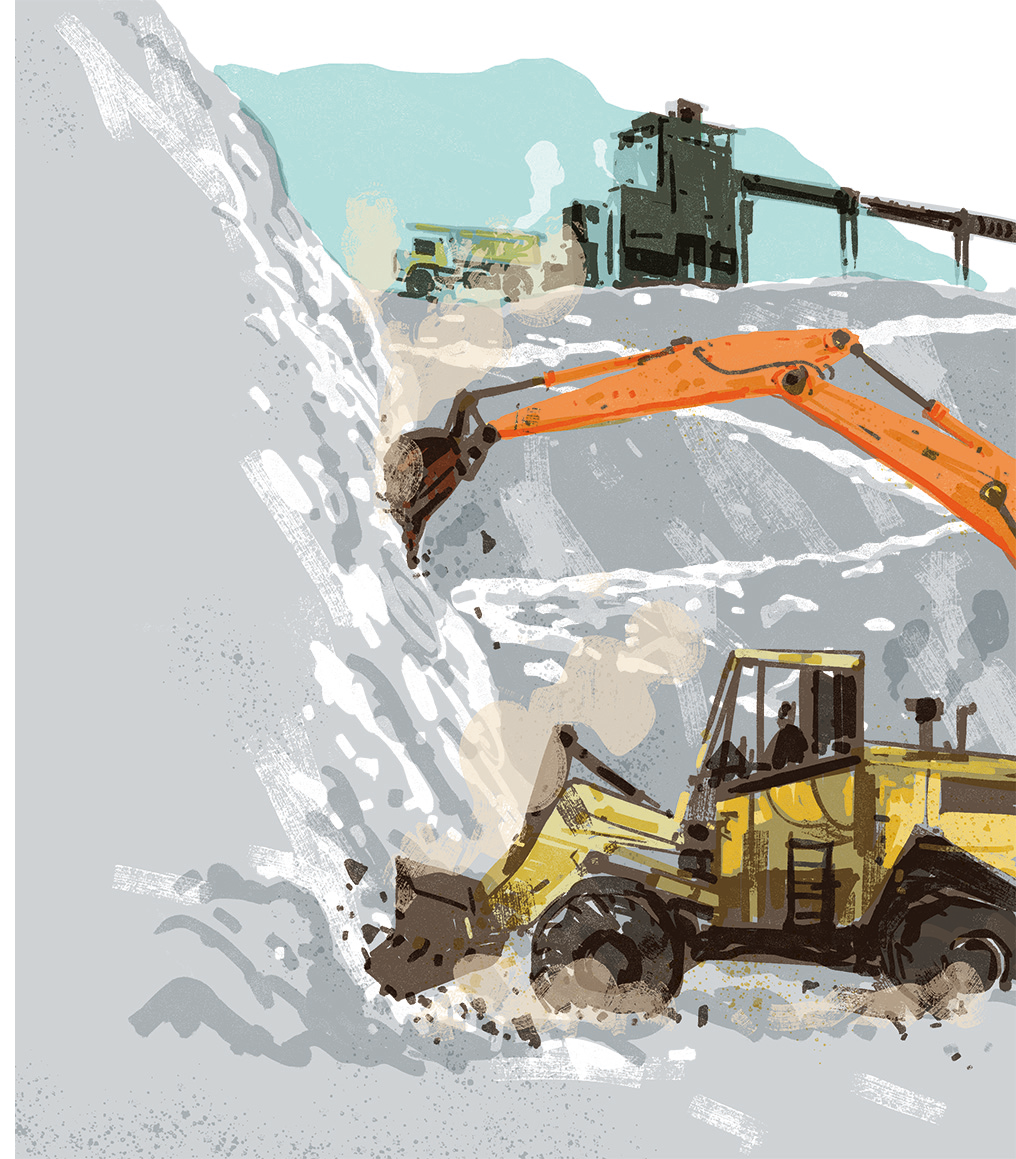
Then community residents who acquired land ownership on the principle of “Claiming the Idled lands” appealed to Asia Cement for returning their lands and received no reply. Due to social pressure in the period of martial law, community residents had difficulty in protesting and requested the government to resolve the issue. In 1990, Asia Cement Corp continued applying for the renewal of land rental. In 1993, the time that Asia Cement Corp promised to return the lands came, the mine remained for such a long time, it was unlikely to be moved away.
The Truku people formed the “Anti Asia Cement and Returning My Land Self-Help Group.” Through protests and lawsuits, the Group tried to protect its rights. In 1997, the investigation of Control Yuan confirmed obvious administrative negligence for the land acquisition of Mt. Xincheng Mine. After being notified, the Council of Indigenous Peoples did not allow local residents to continuously register land ownership they have acquired. Instead, the Council filed the lawsuit against the Truku and cancelled their farming rights. After 20 years, the Council lost the lawsuit, but the dispute over the ownership of Asia Cement Mine remains unresolved. Land Rights Screening Committee of Indigenous Peoples’ Reserve under the Township Office had the final say.
In March, 2018, the Presidential Office initiated a three-way dialogue between the government, Asia Cement, and the Self-Help Group. President Tsai Ing-wen in “the 4th Historical Justice and Transitional Justice Committee” declared that, “the issue of Asia Cement’s Mt. Xincheng Mine shall be resolved through the three-way dialogue among the local community, government, and Asia Cement to seek justice.” At the meeting, Tsai Ing-wen recognized the case of Asia Cement has been a historical injustice suffered by Truku and the country shall restore justice, ensuring they received just compensation.
The local community was able to directly access negotiations and communication channels with Asia Cement, and for the long-time dispute with Asia Cement, this presented a major progress. But due to isolation for a long period of time, opinions within the community varied greatly. It required huge energy to unify the people. Asia Cement, on the other hand, has abundant resources to form its experts, scholars, and attorney team that often proposed terms such as environmental reports, or interpretation of “the Indigenous Peoples Basic Law”, or the “Mines Business Act.” With insufficient resources, and differing opinions, the community could only follow Asia Cement’s intention, or initiative, and could not effectively propose counter opinions, even had difficulty to engage in dialogue.
Living Here,
We Only Hear the Sorrow of Land
 “Next to shooting indigenous peoples, the surest way to kill us is to separate us from our part of the Earth."- Declared by the 1985 World Council of Indigenous Peoples (WCIP)
“Next to shooting indigenous peoples, the surest way to kill us is to separate us from our part of the Earth."- Declared by the 1985 World Council of Indigenous Peoples (WCIP)
The Truku’s peoples’ earliest settlement was now Tianxiang. Because of the Truku-Japanese War, ten Truku families were forced to relocate at the current settlement site. Before, the Truku lived along the sides of Taiwan’s Provincial Highway #8, now called Asia Cement’s “Upper Terrace.” After Asia Cement’s presence, the Truku moved to Central Fushi Community about 20 meters below. Local residents of Central Fushi Community are the real owners of the Asia Cement Mine.
The Truku at the site raised protest banners and their ancestral land has not been returned for 44 years. They found no place for their cultural knowledge and rituals connecting with the land. A Truku youth, Yudaw, said, “We have no consciousness to get to know the land, because we do not have sentiments for the land.” For young Truku who were born after 1973, they have no place to learn their own culture since they lost the connection with the land.
The Truku live in close proximity to the mine. They live with vibrations, low-frequency noise, and air pollution. Truku know very well about the mining procedure of Asia Cement, and they even get used to the dramatic vibrations caused by mining activities. In recent years, the mining range became much closer to the Truku residences, and they suffer greatly from eruptive mining. The conveyer of Asia Cement is only at the distance of ten meters to the community. It is difficult for us to image the harms of low-frequency noise done to the Truku people.
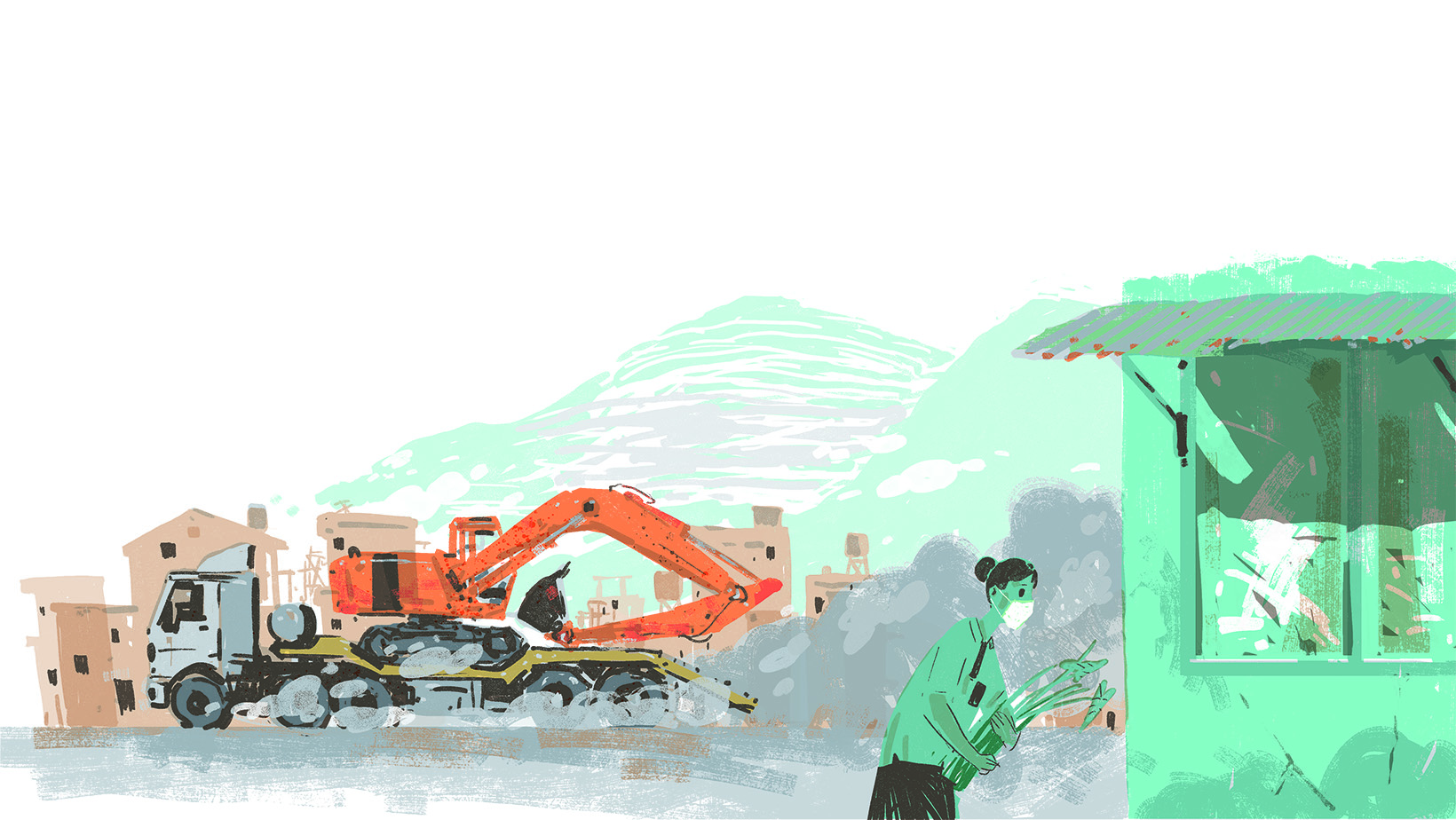
A Difficult Choice
between Survival and Culture
Workers at Asia Cement fall into three groups: those working for subcontractors, suppliers, or internal employees. Asia Cement employs about 200 to 300 full-time workers and those working for suppliers and contractors are about two times of its full-time workers. Most Truku work for subcontractors and suppliers. From the perspective of employment opportunity, workers of subcontractors have no chance but to become full-time workers of Asia Cement, and to receive full labor right protection. Workers of suppliers may be able to work under the system of Asia Cement, but they are given different labor conditions from full-time employees. Workers of suppliers and subcontractors are paid by “work hours” and some Truku work almost every day in order to get a higher pay. They even rest for only two days in a month. Probably Truku can choose to work in other cities but for more secured jobs, and do not need to make a living by working so hard. But, these jobs are few with “high income” in the community surrounded by Asia Cement and it seems to be a better opportunity if the Truku want to stay in their homeland with their families.
This July because of the extension of mining rights which violated Article 21 of “the Indigenous Peoples Basic Law,” the court revoked Asia Cement’s extension of mining rights. A few days later, the Self-Help Group attempted to convene a meeting at Central Fushi Community to inform Truku the meaning of this ruling. Many community residents employed by Asia Cement, they also requested Truku to sign the “petition” with the emphasis of Asia Cement’s respect to Truku safety and rights. “Many Truku also work in Asia Cement for its suppliers and sentimentally, we are strongly connected;” The Truku shall “support sustainable development, co-existence and mutual prosperity of Asia Cement Corp and the Bsngan Community.” These processes became media headlines saying: “Extension of Mining Rights were Revoked but about 70% Support of Local Community Residents support Asia Cement’s Petition.”
In fact, important players such as the Chairman, members of the advisory group, and mentors of community meetings all expressed clearly their strong support for Asia Cement. The event resulted in struggles within the community. For workers of Asia Cement, this is their right to work and to survive. But for community residents, they suffer every day from what comes along with the mine as well as the torture of losing culture. Thus, Truku’s “winning” over the lawsuit again resulted in the suffering of local residents. “Prosperity” of the community also resulted in “losing the roots” of the community.
During the struggling process to gain dignity and land rights for the Truku, local residents need to face the pressure of the right to survive. This is a difficult task and a burden that local residents cannot bear. Pains come along with both the winning and losing of lawsuit against Asia Cement. Under the shadow of the Asia Cement Mine, the life of Truku has already become interconnected with Asia Cement.
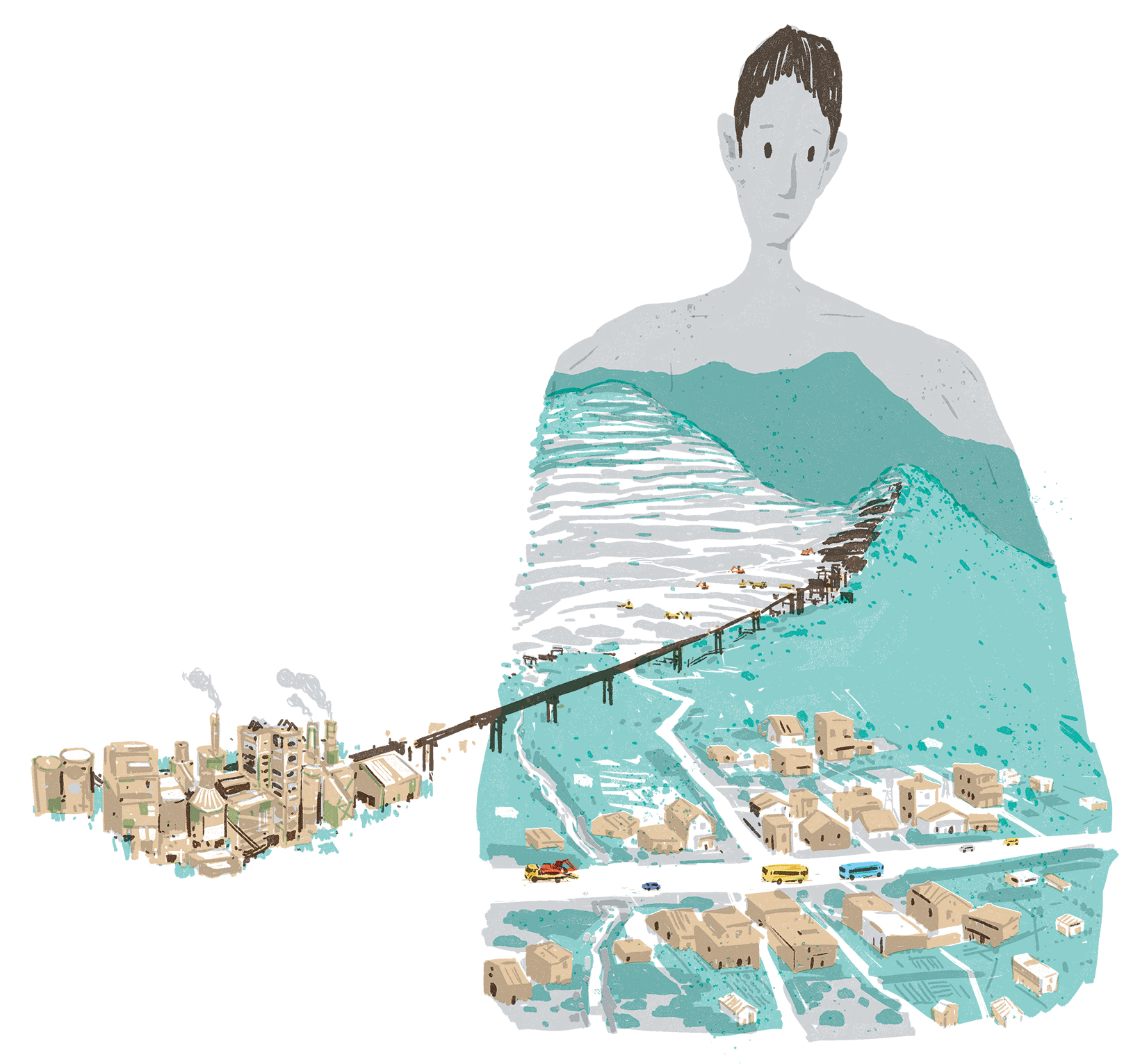
Taking the Historical Burden and
Possibility to Sooth Wounds
On the land of Fushi Township, there is monument of the Truku-Japanese War. In 1896, Japanese military occupied Taiwan and 3,000 Truku people fought to safeguard their land. After 108 years, this monument was built to commemorate the sacrificing of the Truku ancestors, and it is inscribed with the words: “Truku and Nature is connected with the relationship of building philosophy: the land is our blood and the forest is our home. After our ancestors migrated from TRUWAN, we always remember their teaching: co-farming and co-hunting, worship our ancestral spirits, and the protection of our forest home.”
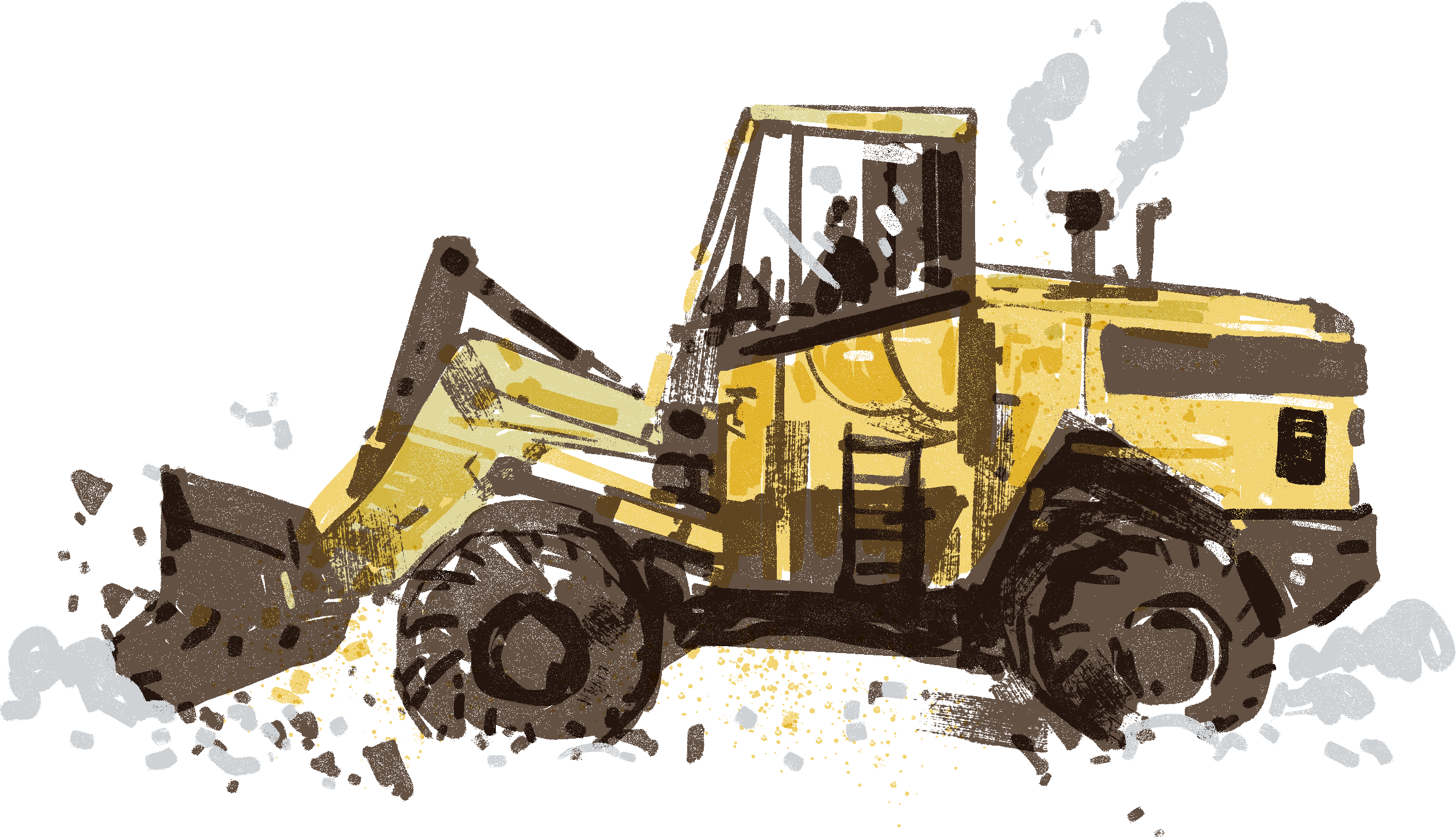
For an ordinary person, 47 years is the time to become a mature and smart middle-aged adult but for Truku, this time presents three-generation community life that has been burdened with painful sufferings caused by Asia Cement. The forest that used to be the pride of Truku is now lowered in elevation, and the Asia Cement Mine damages the land, environment, and community to a great extent. There are now facts and the Truku has no ability to restore itself. Historical injustice due to the ruling of authoritarian regime forced the Truku to give away their land and culture. The green trees are gone and this is the historical course that we need to face together.
According to the “Mines Business Act,” extension of mining rights is now evoked but we are not able to force the Mine to stop operations. Rights of the Truku needs to be protected with the synchronized amendment of the “Mining Business Act.” Only with the telling of historical truth, respect of rights to live, and the survival of local residents, with continuous promotion of amendments to the “Mines Business Act” towards a more environmentally friendly and transformation of justice. Will help the Truku their homeland back, and restore nature from its damaged environment.
